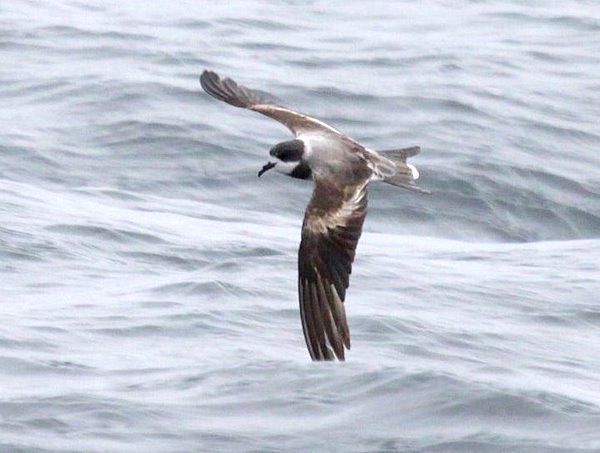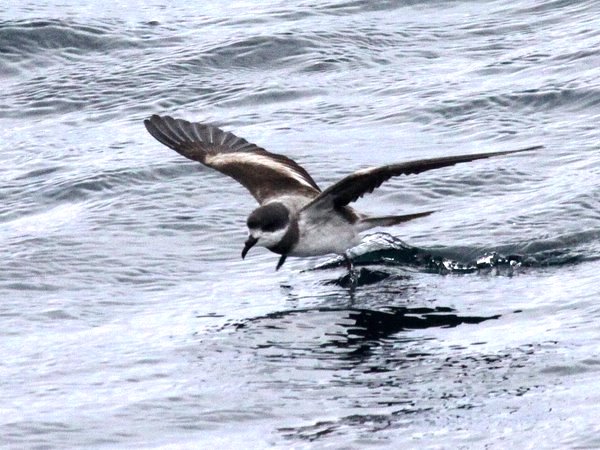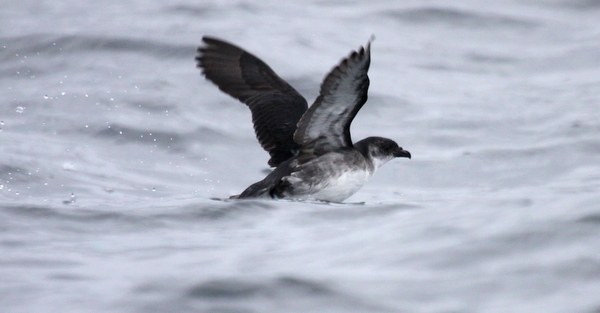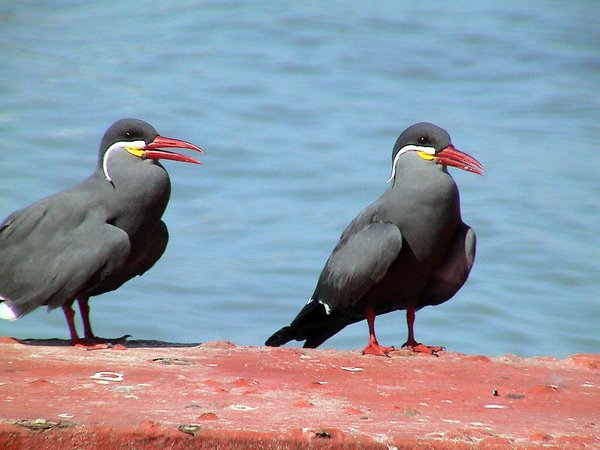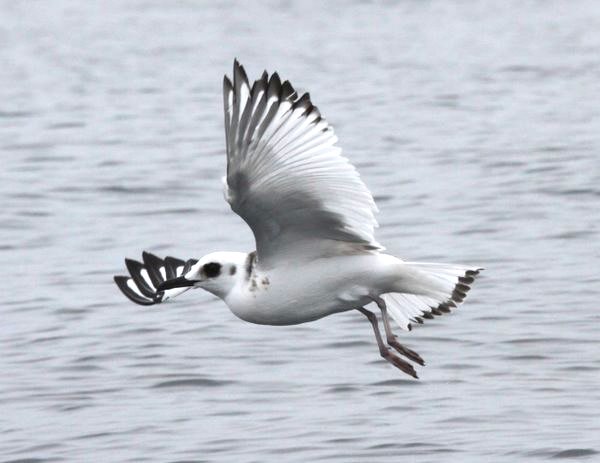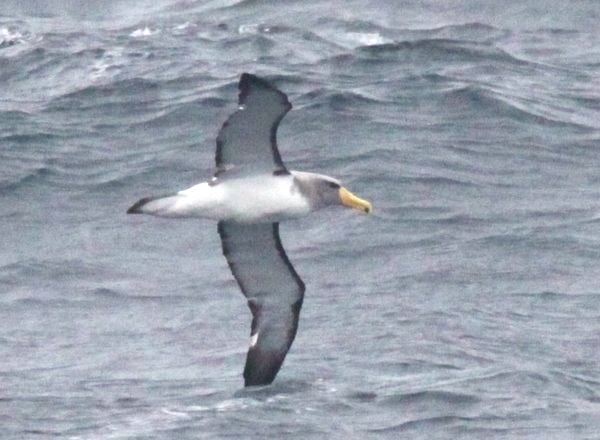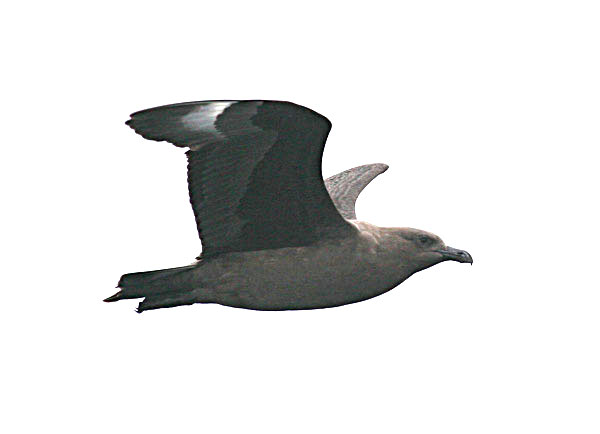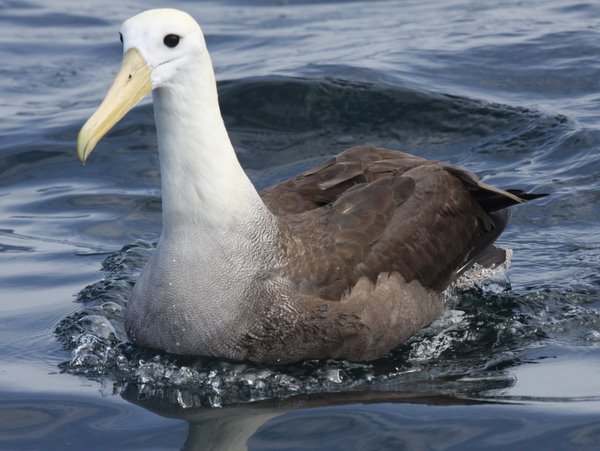
Waved Albatross
As I mentioned in my last post, Kolibri Expeditions will soon have our own boat operating from Punta Lomas just south of Nazca, where the continental shelf comes closest to shore. We hope that the boat shall be available from September, but there is still a fair amount of fundraising to be done. I explained about the fund-raising strategy and a win-win opportunity that you can take part in, in my other recent blog post.
Until September, we will occasionally go out with a fishing boat from Punta Lomas. It is not ideal. The boat is slow, and it is not exactly comfortable, but while there is not a lot of rough seas like is the case right now, it provides a good opportunity to get out to do some birding; I hope to get out this coming Saturday, if 1-2 more people join me.
Meanwhile, I thought I’d dust off an old blog post and repackage it a bit, so you know what to expect when you decide to come to Peru to do a pelagic with us soon. I am sure there shall be some surprises in store for us, but here are the top 10 birds that we can see quite regularly off the Peruvian coast.
The top 10 best pelagic birds of Peru
1. Ringed (or Hornby’s) Storm-Petrel Oceanodroma hornbyi
The Ringed Storm-Petrel, or Hornby’s Storm-Petrel as it is also known, is perhaps the most wanted of all the seabirds of Peru. It is usually difficult to see in coastal waters. One usually needs to go all the way to the continental shelf to see them. When we operated in Lima, we just barely got to some 30 nautical miles. Therefore we did not see it every time.
In Paracas, where we offered pelagics from 2018, it was even more difficult. We did not reach the deeper waters at all.
Punta Lomas, in contrast, offers a much better chance, as the continental shall is only some 10 nautical miles out. I have seen it practically every time I have organized a pelagic with fishing boats from Punta Lomas. Only on my last Puerto Lomas trip on March 7, with summer conditions of warm water and no wind, did I not see it.
This large and powerful Storm-Petrel usually gets interested in the chum but usually makes a few turns and keeps a distance.
The breeding area of the Ringed Storm-Petrel in Peru is unknown. It may well nest inland. Individuals have been found at 3800 meters in the Cordillera Blanca in the Ancash department. Between May-June, juveniles are often found lost in Lima city. I happened on one during the pandemic just outside my apartment building. It seems that light pollution makes them disoriented. The one I found was released in the late afternoon from the shore.
In Chile, a breeding colony was recently discovered in the Atacama desert.
2 Markham’s Storm-Petrel Oceanodroma markhami
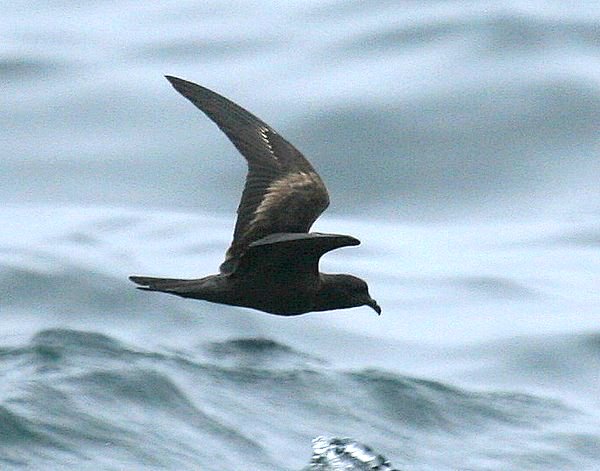
Markham’s Storm-Petrel
Markham’s Storm-Petrel is the other Stormy high on the birders’ wishlist. It is also a powerful Oceanodroma. Blackish brown in color with a broad and usually quite prominent carpal bar. It often comes to the chum, but seldom as close as White-vented Storm-Petrel below.
It is also usually found in deep water quite a ways out. Again, this will be much easier to find from Punta Lomas than was the case from Paracas.
3. Peruvian Diving Petrel Pelicanoides garnotii
The Peruvian Diving-Petrel is numerous off Punta Lomas. On my last trip, I counted over a hundred. It is a strange bird looking very much like a little auklet in appearance, flight, and behavior. It takes off on the water with very rapid wingbeats – or makes a dive to get away from the boat.
4. Waved Albatross Phoebastria irrorata
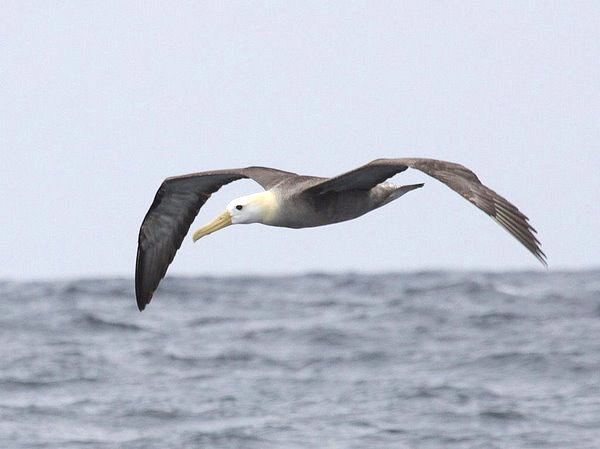
The Waved Albatross is Critically endangered, according to Birdlife International. The main threats seem to be bycatch in fishing procedures and direct hunting by fishermen at sea. According to one captain on a fishing boat in Northern Peru, they “taste good“.
5. Inca Tern Larosterna inca
The prettiest tern of the world, no doubt, the Inca Tern is easy to see well, and one can see them even at the port at close range. It is by no means uncommon, but since it is such a popular and photogenic bird, it just has to be among the top 10 – don’t you agree?
6. Swallow-tailed Gull Creagrus furcatus
Another visitor from the Galapagos can be seen almost all year round in small numbers. The pattern is like a giant Sabine’s Gull. The immature and non-breeding adult has a black goggle around the eye that gives it away. The Swallow-tailed Gull is active at night feeding on crustaceans, why we often find groups of birds sitting on the sea during the day.
7. Chatham Albatross Thalassarche eremita

There are now several records from our pelagics of the formerly Critically Endangered Chatham Albatross. Recently it was downgraded to Vulnerable, but still with a small range only breeding on The Pyramid, a large rock stack in the Chatham Islands, New Zealand, it is a darn good bird to see in Peru. We have seen both adults and young birds. The best time of year to see one in Peru is between May and August.
Sorry about the crappy photo. It is the only one I have got.
8. Northern Giant Petrel Macronectes halli
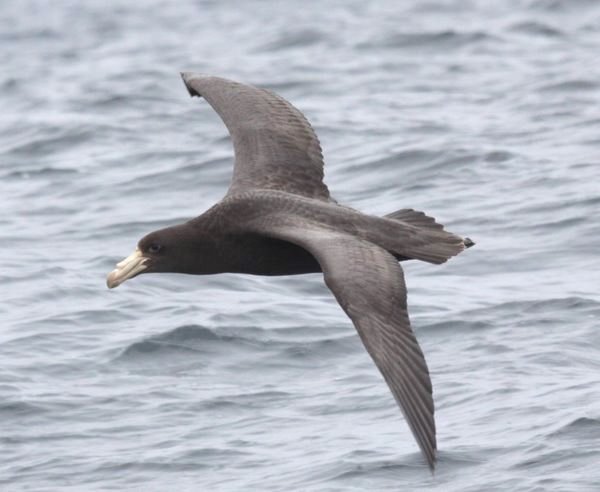
9. South Polar Skua Stercorarius maccormicki
Chilean Skua is the regular Skua we see abundantly during the winter. South Polar Skua is less common, although we have seen few individuals between April to November through the years. It is slenderer, much darker, and with a smaller bill than Chilean Skua.
10. White-vented Storm-Petrel Oceanites gracilis
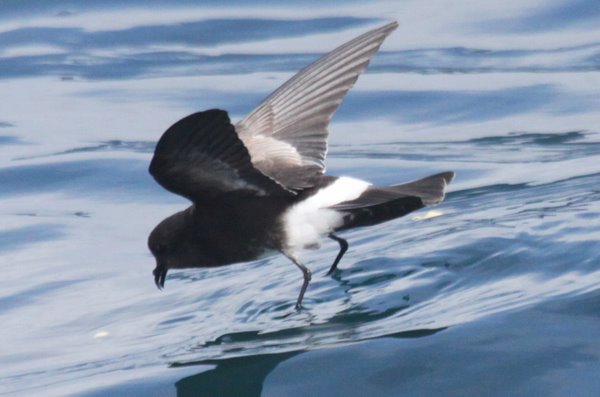
Tours for pelagic lovers.
Now you know what is awaiting you when you come to Peru and do pelagics with us. And don’t just take my word for it.
The importance of Peru as a destination for seabirders is evident. See what other pelagic experts have to say about our operation in Lima when we were able to do these.
Steve N. G. Howell, author and tour leader with various book such as Birds of Mexico, Gulls of the Americas and Petrels, Albatrosses, and Storm-Petrels of North America, argues:
Lima is one of the best areas for pelagic birding in the Americas, with access to several species that can’t be seen easily anywhere else. Keeping pelagic trips going here is important both for birders and for gathering data on the seasonal distribution and abundance of numerous species, some of which are globally threatened.
Hadoram Shirihai, photographer and author of various books such as Whales, Dolphins and other Marine Mammals of the World and The complete guide to Antarctic Wildlife, says:
Lima is a unique seabird pelagic hotspot for me. The pelagic off Lima with Kolibri Expeditions is one of the best that I tested for the work towards the Handbook of the Tubenoses of the World project, and I call to anyone to support Gunnar to continue the good work he has been doing for years.
Also, Peter Harrison, groundbreaking pelagic guru, who was in Lima on August 9, 2011, for a short pelagic with us:
The continuation of pelagic voyages from Lima is critically important to further our knowledge of seabird biology and distribution along this important avian flyway. Gunnar’s reputation is well-known and he has added much to our knowledge and provided great service for passing ornithologists and birdwatchers over the years. It is perhaps significant that when the author of Seabirds of the World: An Identification Guide
wanted a pelagic trip from Lima, Kolibri Expeditions and Gunnar Engblom was the outfitter he contacted.
Visit Kolibri Expeditions Pelagic webpage and book your pelagic tour with us. The page for the new three-day tour that includes a pelagic, Lomas birds, coastal marshes, Paracas Peninsula, and the possibility to fly over the Nazca lines is under construction. If you don’t find a suitable date in the calendar, please suggest a date, and we shall try to set something up for your party.

